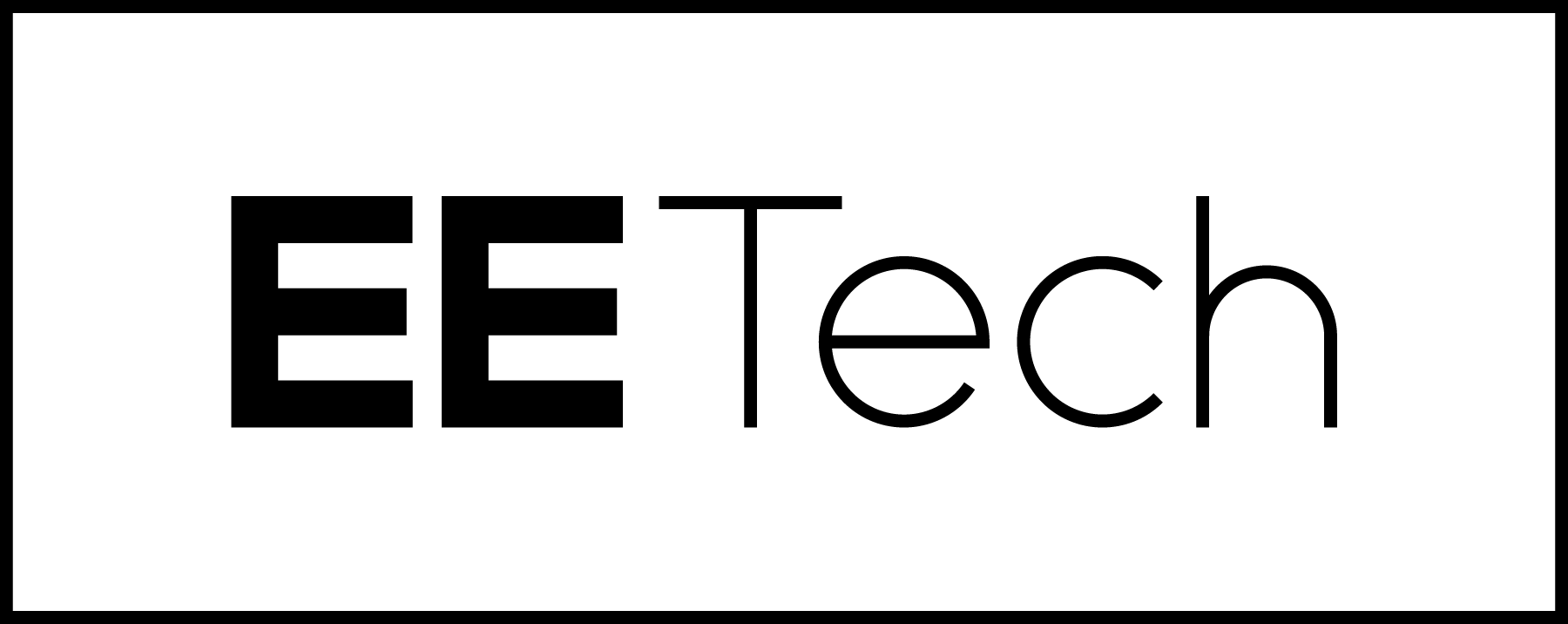Defining the term “maker” is sometimes difficult in the electronics industry. As a general rule, a “maker” is someone who designs, develops, prototypes, or tinkers with electronics outside of traditional professional contexts. Makers can be STEAM students and educators, hobbyists tinkering in their garage, or entrepreneurs prototyping a device they’d like to bring to market. There are also practicing professional engineers who classify themselves as makers because they enjoy creating projects at home in their spare time.
This survey data focuses on those people who identify themselves as makers first rather than as students, professional engineers, or educators.
 Kate Smith
Kate Smith
Editor-in-Chief
All About Circuits





